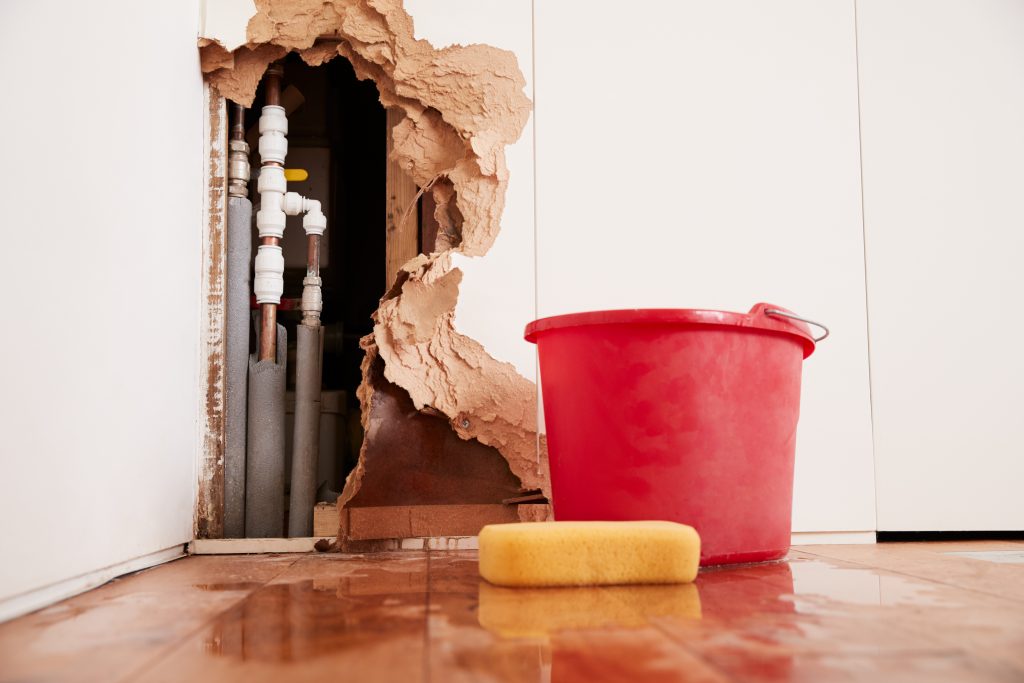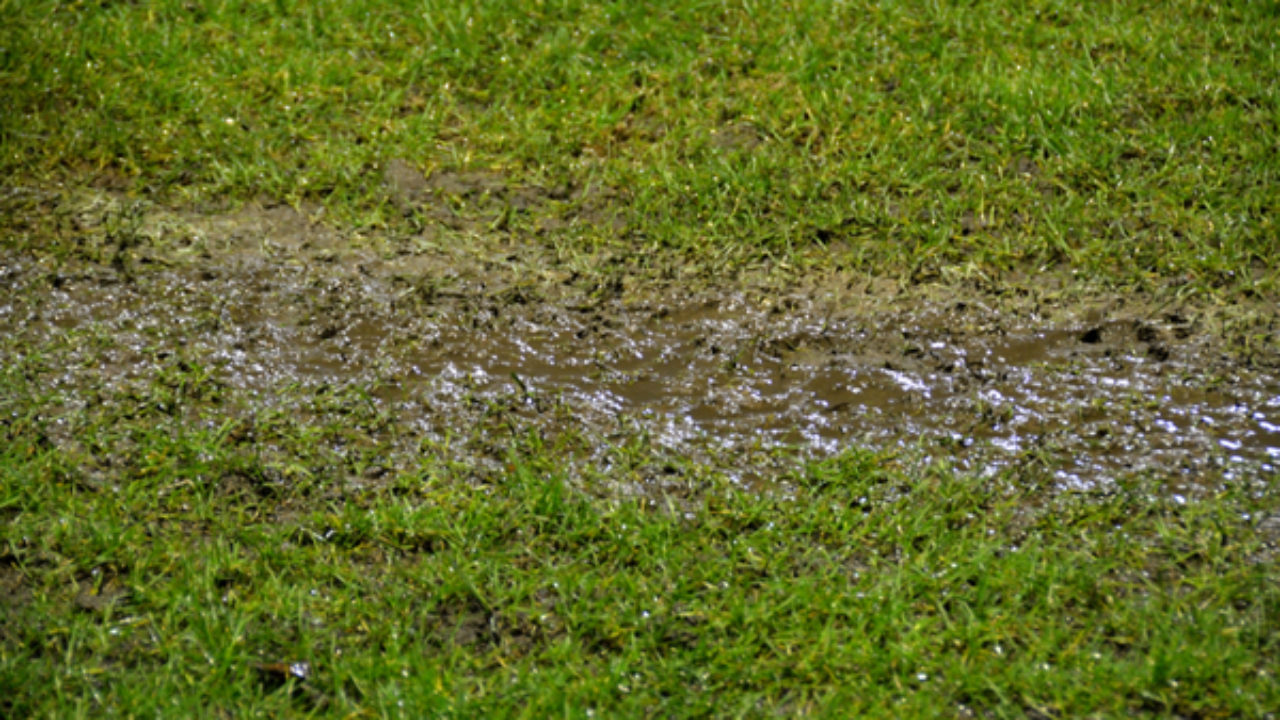Guide To Water Leak Detection In The House
Guide To Water Leak Detection In The House
Blog Article
We have encountered this article about Finding hidden leaks directly below on the web and thought it made good sense to write about it with you on this page.

Early discovery of leaking water lines can reduce a prospective catastrophe. Some tiny water leaks may not be visible.
1. Take A Look At the Water Meter
Every house has a water meter. Checking it is a surefire way that assists you uncover leakages. For beginners, turn off all the water sources. Make certain no person will flush, utilize the tap, shower, run the cleaning device or dish washer. From there, go to the meter as well as watch if it will certainly alter. Considering that no person is using it, there must be no activities. If it relocates, that indicates a fast-moving leakage. Furthermore, if you identify no changes, wait a hr or more and inspect back once more. This indicates you might have a sluggish leak that might even be underground.
2. Inspect Water Consumption
Assess your water costs and also track your water usage. As the one paying it, you ought to notice if there are any discrepancies. If you detect sudden changes, in spite of your consumption coinciding, it indicates that you have leaks in your plumbing system. Bear in mind, your water bill need to fall under the same range every month. An unexpected spike in your expense suggests a fast-moving leakage.
Meanwhile, a stable rise monthly, despite having the exact same routines, shows you have a sluggish leak that's additionally gradually rising. Call a plumber to completely examine your residential property, especially if you really feel a cozy area on your flooring with piping underneath.
3. Do a Food Coloring Examination
30% comes from commodes when it comes to water consumption. Examination to see if they are running properly. Decrease flecks of food color in the storage tank and also wait 10 minutes. If the shade somehow infiltrates your dish throughout that time without flushing, there's a leak in between the container as well as dish.
4. Asses Exterior Lines
Don't forget to check your outdoor water lines also. Needs to water seep out of the connection, you have a loosened rubber gasket. One tiny leak can throw away bunches of water and surge your water bill.
5. Evaluate and also Analyze the Circumstance
Homeowners should make it a habit to inspect under the sink counters and also inside closets for any bad odor or mold growth. These 2 red flags show a leak so prompt focus is needed. Doing routine examinations, also bi-annually, can save you from a significant trouble.
Inspect for discolorations and compromising as the majority of pipelines and also appliances have a life expectancy. If you think leaking water lines in your plumbing system, don't wait for it to intensify.
Early detection of dripping water lines can minimize a prospective catastrophe. Some little water leaks might not be noticeable. Examining it is a surefire means that aids you uncover leakages. One small leakage can squander loads of water and also increase your water costs.
If you suspect dripping water lines in your plumbing system, do not wait for it to intensify.
WARNING SIGNS OF WATER LEAKAGE BEHIND THE WALL
PERSISTENT MUSTY ODORS
As water slowly drips from a leaky pipe inside the wall, flooring and sheetrock stay damp and develop an odor similar to wet cardboard. It generates a musty smell that can help you find hidden leaks.
MOLD IN UNUSUAL AREAS
Mold usually grows in wet areas like kitchens, baths and laundry rooms. If you spot the stuff on walls or baseboards in other rooms of the house, it’s a good indicator of undetected water leaks.
STAINS THAT GROW
When mold thrives around a leaky pipe, it sometimes takes hold on the inside surface of the affected wall. A growing stain on otherwise clean sheetrock is often your sign of a hidden plumbing problem.
PEELING OR BUBBLING WALLPAPER / PAINT
This clue is easy to miss in rooms that don’t get much use. When you see wallpaper separating along seams or paint bubbling or flaking off the wall, blame sheetrock that stays wet because of an undetected leak.
BUCKLED CEILINGS AND STAINED FLOORS
If ceilings or floors in bathrooms, kitchens or laundry areas develop structural problems, don’t rule out constant damp inside the walls. Wet sheetrock can affect adjacent framing, flooring and ceilings.
https://www.servicemasterbyzaba.com/blog/how-to-detect-water-leakage-in-walls/

We had been introduced to that editorial about Locating water leaks through a good friend on our other web property. Sharing is caring. Helping others is fun. Thank you for your time. Please check our website back soon.
Report this page